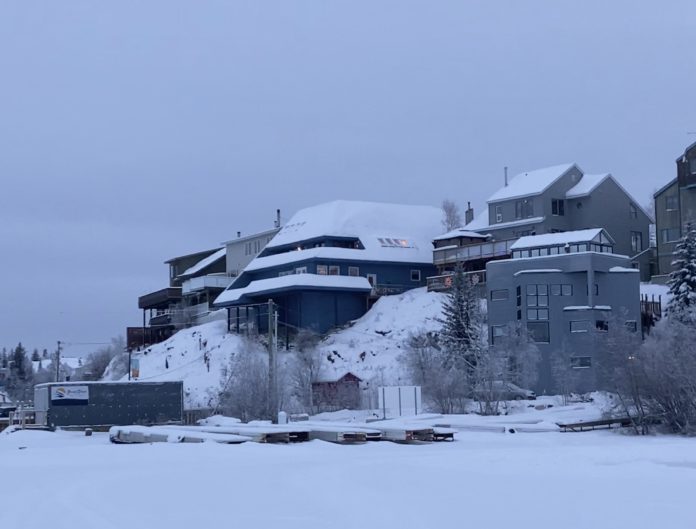With cold snowy weather here to stay in the North, knowing how to have our homes prepared for the winter season can do a lot to save on repair costs.
Here are some tips to make sure your home is ready for the colder months ahead.
– Make sure your furnace is working properly: A routine maintenance check each autumn will help ensure your furnace is running properly and efficiently. Also, if you have an older thermostat, consider replacing it with a programmable one to save money on heating costs.
– Check windows and doors for leaks: In order to prevent heat loss, make sure your windows and doors are properly sealed. Check the weather-stripping around windows and door frames, and replace where necessary. Also check for drafts and caulk both inside and out where necessary, to keep the heat in and the cold out.
– If you have a wood stove, make sure the chimney and vents are clean: Before you use your fireplace, make sure the chimney and vents are clean and in good condition by having your chimney looked at by a professional. This will help prevent chimney fires and carbon monoxide from building up and finding its way into your home.
– Clear out the gutter: It’s important your eaves are free of any debris such as leaves, dirt and sticks. Clogged gutters prevent the draining of rain and melting snow which could result in household leaks. Also, make sure your downspouts extend away from your house by at least five feet to ensure that water runs away from your house and not towards it.
– Check the roof: While cleaning your eaves, inspect your roof for any missing, loose or damaged shingles. If your roof needs attention call a roofer to help you with the repairs or maintenance. Also ask them to look at the caulking around the chimney and air vents.
– Turn off outdoor faucets: Water left undrained can freeze, which can cause the pipes to burst. Disconnect your garden house and drain the remaining water.
– Insulate exposed pipes: This is an easy and inexpensive method to help prevent water damage resulting from a frozen pipe. Even the smallest of pipes can cause a lot of damage. Pipes in the basement, attic or crawl space are some examples of pipes you may want to cover.





